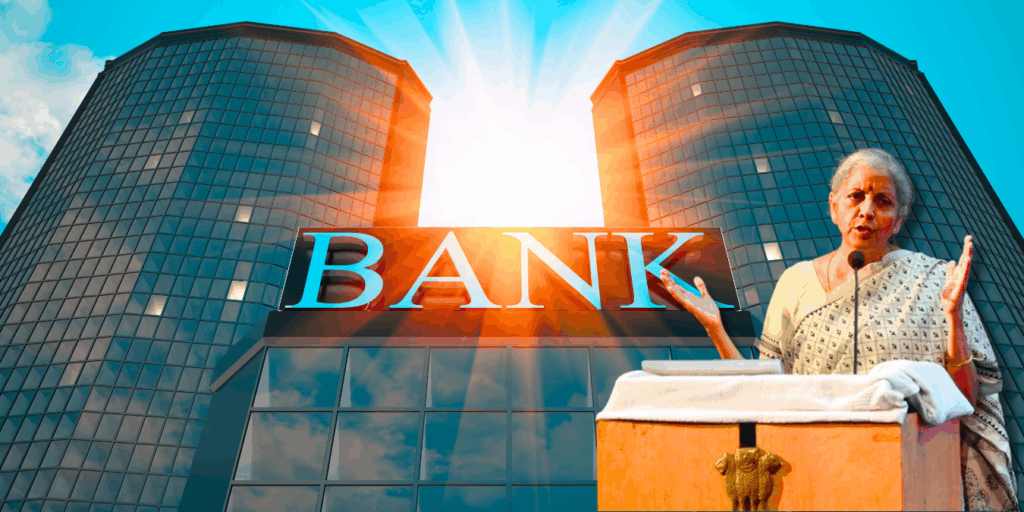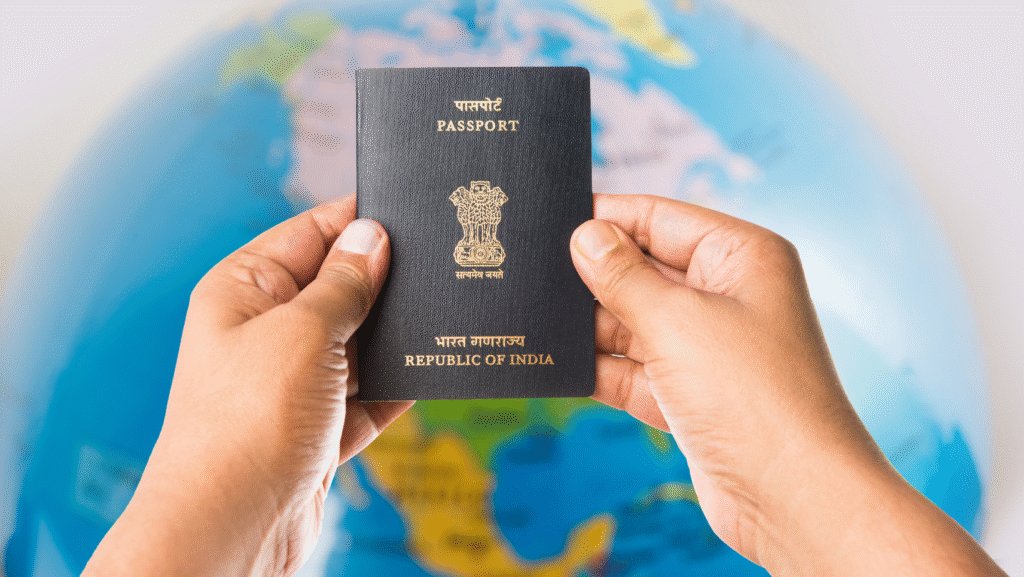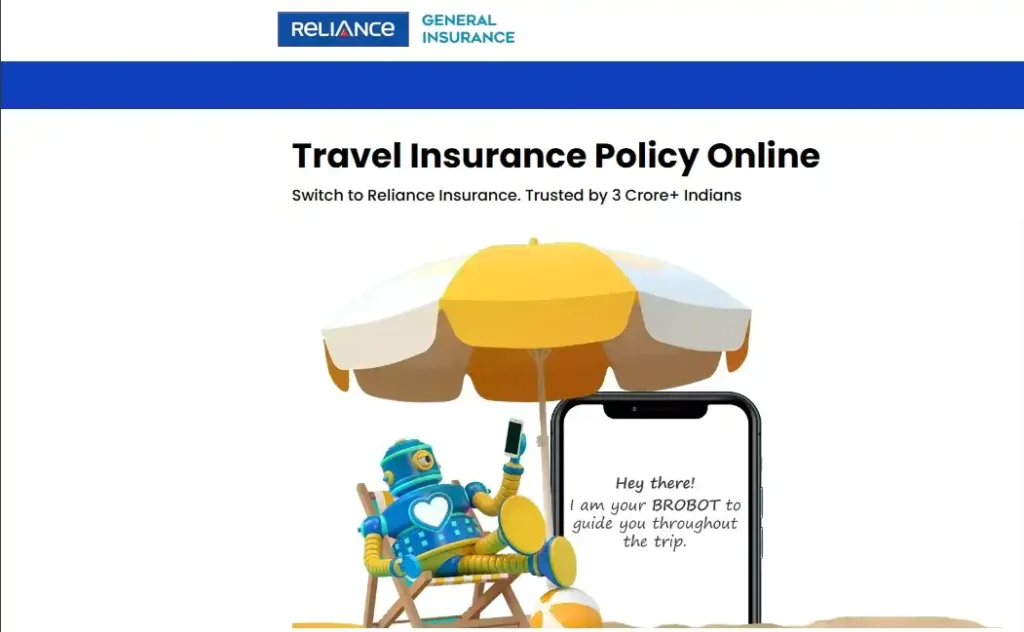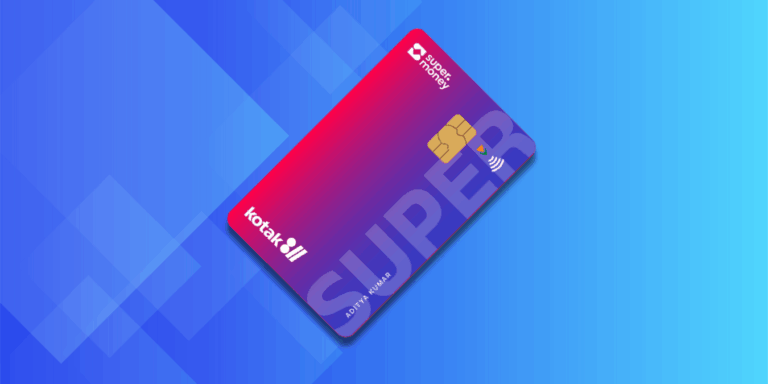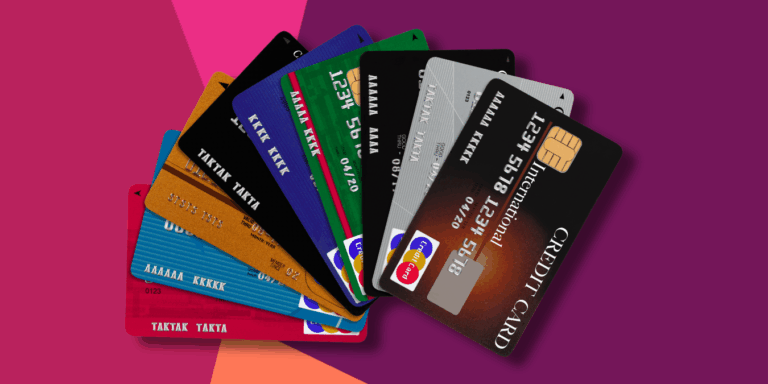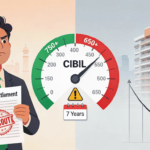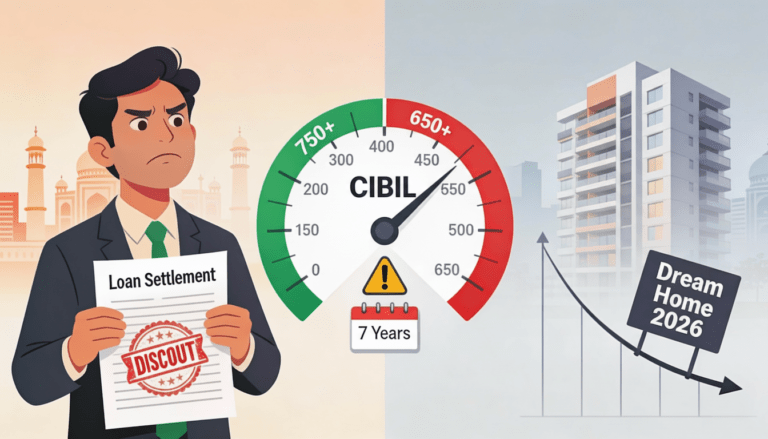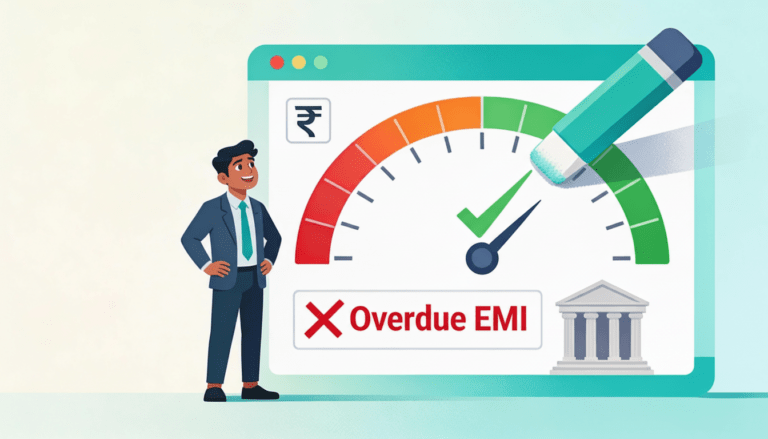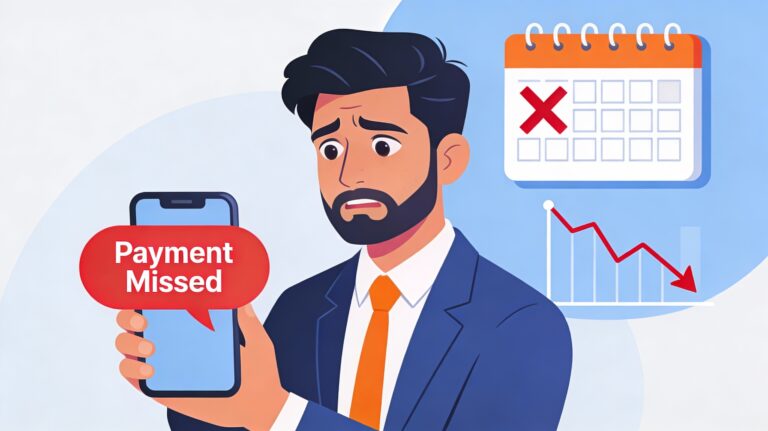
The Great Indian Credit Card Closure Wave: Why Thousands Are Choosing Financial Freedom Over Festive Debt
Why thousands of Indians are secretly closing credit cards this festive season to curb impulsive splurges. Uncover shocking debt traps behind flash sales, expert hacks to reclaim your financial freedom, and viral real-life stories stirring a dramatic nationwide movement. Are you ready to break free before it’s too late?
It’s 10 PM on a September evening in 2025, and Rohan, a 29-year-old marketing professional from Pune, is staring at his phone screen. Three credit cards, five pending EMIs, and a shopping cart filled with “limited-time offers” from Flipkart’s Big Billion Days sale. His finger hovers over the “Place Order” button, but instead of clicking, he does something unexpected—he closes the app, picks up scissors, and cuts through two of his three credit cards.
Rohan isn’t alone. Across digital platforms like Reddit’s r/personalfinanceindia, Instagram finance communities, and Twitter threads, a shocking conversation is trending in October 2025: Indians are voluntarily closing multiple credit cards to escape the vicious cycle of impulse buying and mounting debt during sale seasons.
Why India’s Credit Card Love Story Turned Toxic
India’s credit card market witnessed explosive growth—from ₹1.32 lakh crore in outstanding dues in July 2021 to a staggering ₹2.91 lakh crore by July 2025, representing a 2.2x surge in just four years. Credit card spending hit ₹1.92 lakh crore in August 2025 alone, with festive seasons pushing these numbers even higher.
But beneath this glittering facade lies a disturbing reality. Credit card delinquencies in the 91-360 days overdue category jumped by a shocking 44% to ₹33,886 crore as of March 2025, compared to ₹23,475 crore a year earlier. The default rate climbed to 15% in March 2025 from 12.5% in March 2024, indicating that for every ₹100 owed, ₹15 remains unpaid even after 90 days.
“Festive season sales present a paradox for consumers,” explains Anand Agrawal, Co-Founder of Credgenics. “Planned purchases can yield genuine savings, but impulsive buyers, swayed by flash sales and easy credit, often spend beyond their means, increasing the risk of debt”.
The Hidden Psychology Behind Sale Season Madness
September and October 2025 witnessed unprecedented credit card activity. Online credit card spending crossed ₹10,000 crore in a single day for the first time on September 22, 2025—the day Flipkart’s Big Billion Days and Amazon’s Great Indian Festival launched alongside reduced GST rates. By September 26, monthly spending had already reached ₹1.03 lakh crore, nearly matching last October’s entire month figure with four days still remaining.
The psychology is simple yet devastating. Credit cards create what behavioral experts call a “pain of payment disconnect“—the gap between swiping and actually parting with money makes overspending feel painless. Research shows that consumers spend 12-18% more when using credit cards compared to cash, and this impulse intensifies during festive sales with their flash offers, countdown timers, and “bank exclusive” discounts.
Rohit Garg, CEO of Olyv, warns: “Instant credit options can mask the reality of repayment, especially when multiple credit lines are being used simultaneously. Even financially savvy consumers can underestimate how quickly discretionary spending adds up”.
Smart Triggers That Fuel Overspending
- No-Cost EMI Illusions
What appears as “no-cost” actually increases your total purchase price. Products are often marked up to absorb the interest component, making you pay more while believing you’re saving. - Co-Branded Card Traps
Amazon Pay-ICICI and Flipkart Axis cards offer attractive cashback but psychologically bind you to specific platforms, encouraging repeat purchases even when better deals exist elsewhere. - Reward Point Addiction
The gamification of spending—collecting points, unlocking tiers, achieving milestones—transforms necessary purchases into unnecessary shopping sprees to “maximize benefits”. - UPI-Linked Credit Cards
The seamless integration of credit with UPI’s familiar interface makes spending feel as painless as scanning a QR code, removing the last psychological barrier to overspending.
The Viral Movement: Why Indians Are Closing Cards
On Reddit's r/personalfinanceindia and r/CreditCardsIndia communities, a fascinating trend emerged throughout 2025. Members shared personal stories of closing credit cards, with discussions receiving hundreds of comments and votes.
One user shared: "I was shocked to see my rating plummet from over 850 to below 800 after canceling my credit card. But you know what? My mental peace increased by 100 points".
Another Reddit thread titled "Regret after closing Credit Card" ironically became a space where users shared relief, not regret: "Closing my IndusInd Legend card improved my score from 795 to 801. Currently have seven active accounts. Zero regrets".
Key Reasons Driving the Closure Wave
- Avoiding Debt Temptation
Nearly 47.8% of personal loan requests are now for lifestyle needs, indicating that credit accessibility has transformed from emergency support to lifestyle enabler. To break this cycle, consumers are eliminating the very tools enabling overspending. - High Annual Fees vs. Zero Benefits
Premium cards with ₹2,999-₹5,000 annual fees often provide rewards worth merely ₹500-₹1,000 for average spenders. The math simply doesn't add up. - Simplifying Financial Management
Managing 3-5 credit cards means tracking multiple billing cycles, due dates, and reward programs. Closing unused cards reduces cognitive load and prevents missed payments. - Mental Health and Financial Wellness
The constant notification bombardment—sale alerts, offer reminders, spending summaries—creates anxiety. Closing cards brings psychological relief and helps reclaim control over spending decisions.
The October 2025 Reality Check: Festive Season Overspending
Amazon's Great Indian Festival 2025 recorded 276 crore customer visits, with 70% coming from Tier 2 and 3 cities. The platform enabled over ₹1,000 crore in customer "savings," but these savings often translated into increased spending rather than actual money saved.
Flipkart's Big Bang Diwali Sale starting October 11, 2025, offered iPhone 16 at ₹54,999 (₹25,000 off launch price) and Samsung Galaxy S24 FE at ₹29,999 (50% discount). While discounts appear massive, industry insiders reveal that base prices are often inflated before sales, making the actual savings significantly lower than advertised.
The Hidden Cost of "Savings"
A ₹5,000 impulse purchase on a credit card charging 42-46% annual interest (India's typical rate) balloons to ₹7,200 if you only make minimum payments over two years. EMI repayments now consume approximately 33% of monthly salaries for digitally active Indians, with Gen Z borrowers—41% of first-time users—often stacking multiple EMIs across gadgets, travel, and weddings.
Expert Advice: Should You Close Your Cards?
Closing credit cards isn't universally beneficial. Financial experts emphasize strategic evaluation.
Close Your Card If:
- Annual fees exceed benefits received by more than 2x
- The card psychologically triggers impulse purchases
- You have 4+ cards and struggle tracking payment dates
- You're planning debt consolidation and need to limit access to credit
- The card isn't your oldest account (closing oldest cards impacts credit age)
Keep Your Card If:
- It's your oldest credit card (builds credit history length)
- You maintain a credit utilization ratio below 30% across all cards
- The card is lifetime free with decent reward structure
- You have only 1-2 cards total (closing reduces credit diversity)
- You're planning to apply for home/auto loans within 6-12 months
Critical Warning from Experts:
"Closing a credit card can impact your credit score by increasing your credit utilization ratio, shortening your credit history, and reducing credit mix," explains Rohan Bhargava, Co-founder of CashKaro and EarnKaro. "It should be done strategically".
Smart Alternatives to Closing Cards
Before reaching for scissors, consider these expert-recommended strategies:
- Freeze, Don't Close
Most banks allow you to temporarily deactivate cards. This prevents spending while maintaining credit history and available credit limits. - Set Transaction Limits
RBI's 2025 guidelines mandate that customers can set daily transaction limits through net banking or mobile apps, effectively creating a spending ceiling without closing the account. - Remove Saved Card Details
Delete stored payment information from e-commerce platforms. Adding the extra step of manually entering card details creates a decision moment that prevents impulse purchases. - Auto-Pay Full Balance
Set up automatic payment of the full statement balance, not minimum due. This eliminates interest charges and forces you to spend only what you can afford.
Allocate Specific Cards to Specific Categories
Use one card exclusively for groceries, another for fuel, and leave the third for emergencies only. This categorization creates mental accounting that curbs discretionary spending.
The Gen Z and Millennial Credit Revolution
Younger generations are redefining credit card usage in India. According to recent studies, 65% of Gen Z and millennials applied for their first credit card immediately after starting their first job. Their primary motivations include managing expenses with credit lines (32%), earning cashbacks and rewards (30%), and building early credit scores (23%).
However, these digital natives also face unprecedented challenges. Financial Times estimates that one-third of millennials and 40% of Gen Z battle unsustainable debt across loans and cards. They're using budgeting apps like YNAB (You Need A Budget), Goodbudget, and PocketGuard to track expenses and set spending limits—essentially using technology to combat the very credit products technology made too accessible.
"Young Indians tap unsecured credit to fund aspirational spending," notes a Stanford Economic Review analysis. "As incomes stagnate and inflation rises, more households rely on cards to cover daily expenses, adding stress".
The Future of Credit Responsibility in India
RBI's enhanced 2025 guidelines signal regulatory recognition of growing consumer vulnerability. New rules mandate:
- Detailed transaction breakdowns within 24 hours of any purchase
- Real-time SMS alerts for all transactions above ₹200
- Standardized minimum payment calculations (at least 5% of outstanding balance plus fees)
- OTP-based card activation consent within 30 days of issuance
- Mandatory card closure within 7 working days after customer requests (if all dues cleared)
Banks are also responding to rising defaults. Credit card issuances dropped 26% between FY24 and FY25, falling to 2.16 crore new cards as lenders tightened eligibility criteria. By January 2025, net card numbers fell by 1.2 million to 109 million total, indicating industry-wide caution.
Real Stories: Life After Closing Credit Cards
Across social media platforms, finance influencers like Sharan Hegde (@financewithsharan), Ashna Tolkar (@themoneylancer), and Srishti Gosavi are sharing the "silent credit card crisis" narrative with millions of followers.
Instagram finance creator Sonia Shenoy's viral reel highlighted the stark reality: "Nearly ₹34,000 crore of credit card dues remained unpaid for over three months as of March 2025. Credit cards transformed from payment tools to lifestyle products. Annual interest rates between 42-46% make credit card debt extremely expensive in India".
The Score Surprise
Multiple users reported credit scores either remaining stable or slightly improving after closing newer cards while retaining their oldest accounts, contradicting conventional wisdom about score damage.
The Regret Cases
Some users regretted closing oldest cards or FD-based cards: "Closed my One Card as it was FD-based. After using for a year, closed it, but then they never gave me a card again. Really regret as I will miss offers".
Quick Action Plan: Taking Control This Festive Season
Week 1: Assess Your Current Situation
- List all credit cards with annual fees, credit limits, and current balances
- Calculate your credit utilization ratio (total balance ÷ total credit limit × 100)
- Identify which cards you haven't used in 6+ months
- Check your CIBIL score for free through official channels
Week 2: Strategic Decisions
- Contact card issuers to request fee waivers for cards you want to keep
- For cards triggering overspending, initiate closure process for newest cards first
- Keep your oldest card active even if you don't use it frequently
- Redistribute spending to maintain below 30% utilization on remaining cards
Week 3: Digital Detox
- Unsubscribe from sale notification emails and app push notifications
- Delete saved payment methods from e-commerce platforms
- Unfollow brand pages that trigger FOMO (fear of missing out)
- Enable transaction SMS alerts for real-time spending awareness
Week 4: Build New Habits
- Create a festive shopping budget and stick to it
- Use the 48-hour rule: Wait two days before any purchase above ₹2,000
- Track every swipe in a spending journal or budgeting app
- Schedule monthly credit card review sessions to analyze spending patterns
Key Takeaways: Your Financial Freedom Checklist
✓ Understand the True Cost: Credit cards charging 42-46% annual interest can double your purchase price over 2-3 years with minimum payments
✓ Sale "Savings" Are Often Spending: Discounts encourage buying things you don't need at prices that aren't actually lower than regular non-sale prices
✓ Strategic Closure Matters: Close newest cards first; always keep your oldest card active to maintain credit history length
✓ Credit Score Impact Is Manageable: Closing cards affects utilization ratio and history length, but strategic closure minimizes damage
✓ Mental Health Counts: Financial stress from debt impacts overall well-being—sometimes the peace of fewer cards outweighs minor score dips
✓ Alternatives Exist: Freezing cards, setting transaction limits, and removing saved payment details provide control without closure
✓ Gen Z Leading Change: Younger generations are using budgeting apps and financial literacy to combat the very credit culture they grew up with
✓ Regulatory Support Growing: RBI's 2025 guidelines enhance consumer protection with better transparency and closure rights
✓ Community Support Available: Online communities provide real experiences, advice, and accountability for debt-free journeys
✓ Prevention Beats Cure: Building disciplined spending habits today prevents debt spirals tomorrow
The Final Word: Empowerment, Not Deprivation
As India's festive season continues through October and November 2025, thousands are discovering that the most valuable purchase they can make isn't available on any sale platform—it's the decision to break free from the cycle of impulse buying and embrace financial wellness.
The credit card closure movement isn't about financial deprivation—it's about empowerment. It's about recognizing that the same tool enabling convenience can also enable financial stress. It's about choosing conscious spending over compulsive shopping. It's about understanding that true wealth isn't measured by credit limits but by peace of mind and debt-free living.
Curious About Your Next Move?
The conversation around credit card closures and festive overspending continues to evolve. Will closing your cards improve your financial health, or could strategic usage serve you better? The answer depends on your spending personality, financial discipline, and life goals. What's undeniable is this: India's credit culture has reached an inflection point where consumers are questioning whether easy access to credit creates freedom or bondage. The trending discussions on Reddit, Instagram, and Twitter reflect a generation awakening to the hidden costs of convenient credit. As defaults climb and household savings plummet to 5.3% of GDP, the choice becomes clearer—continue riding the debt wave or anchor yourself in financial stability. Which path will you choose this Diwali? The scissors are optional, but the decision is urgent.










